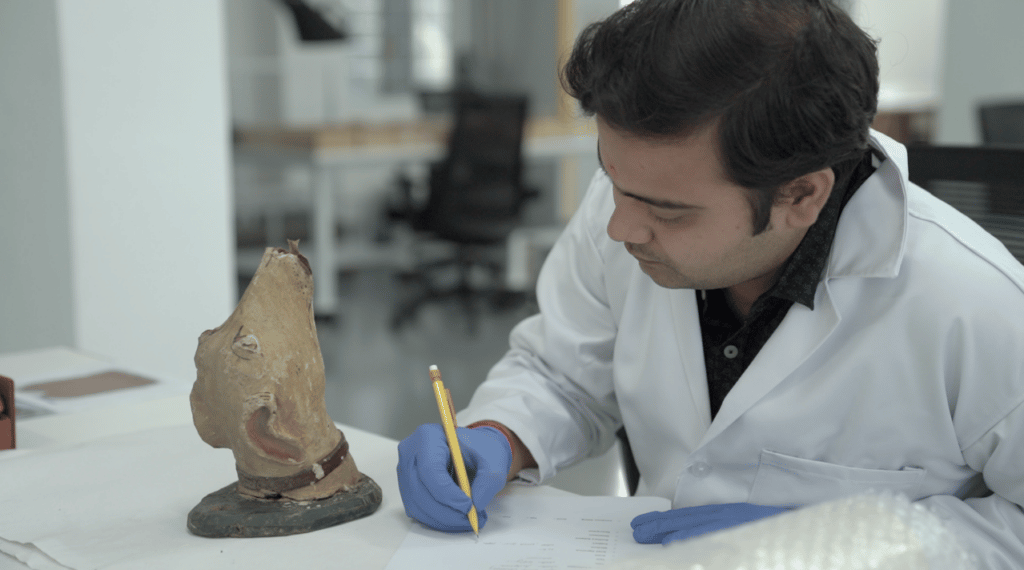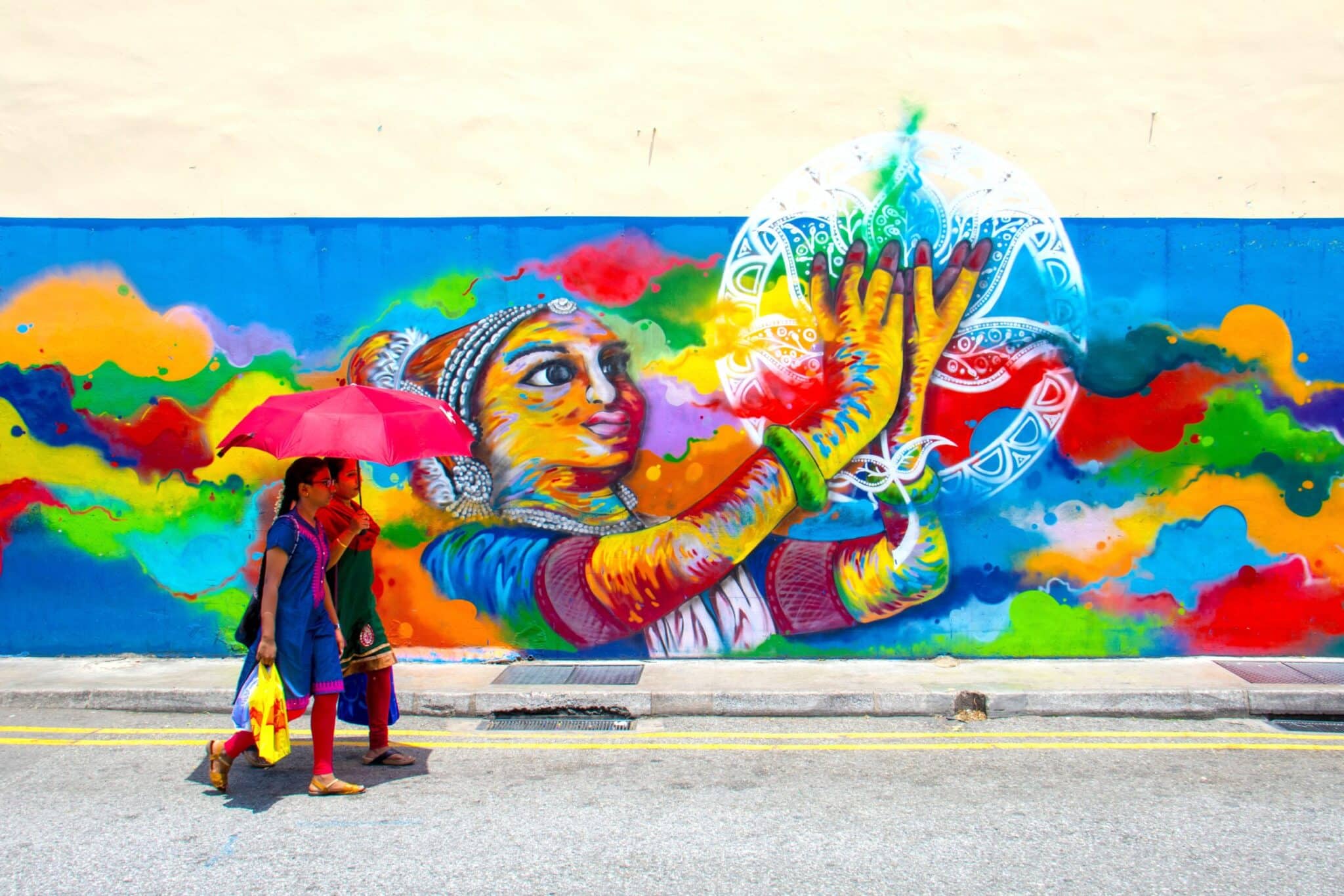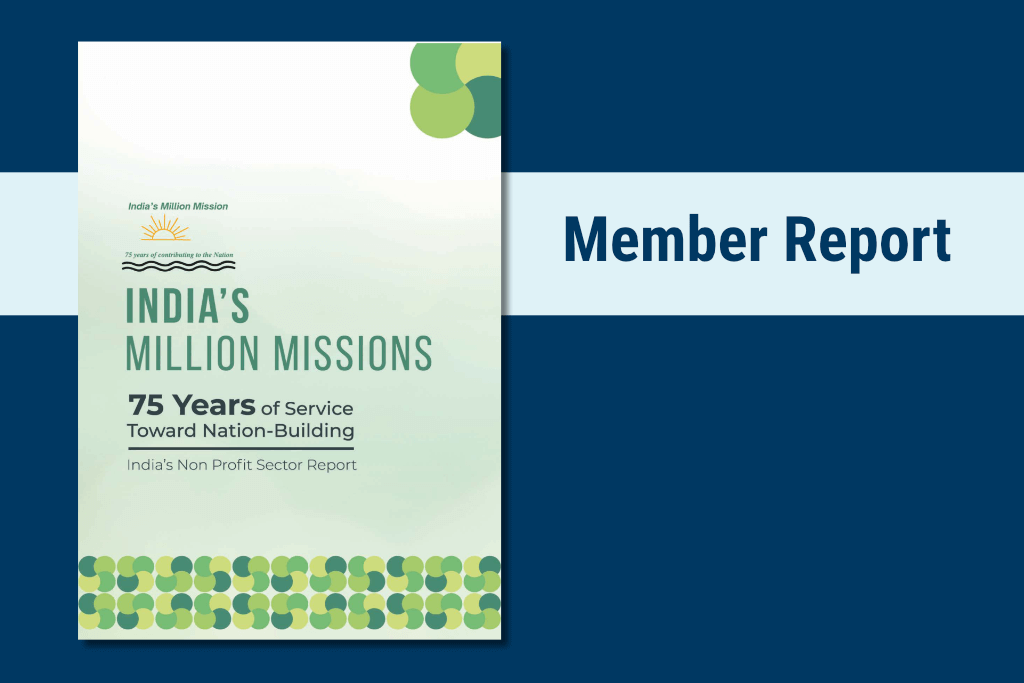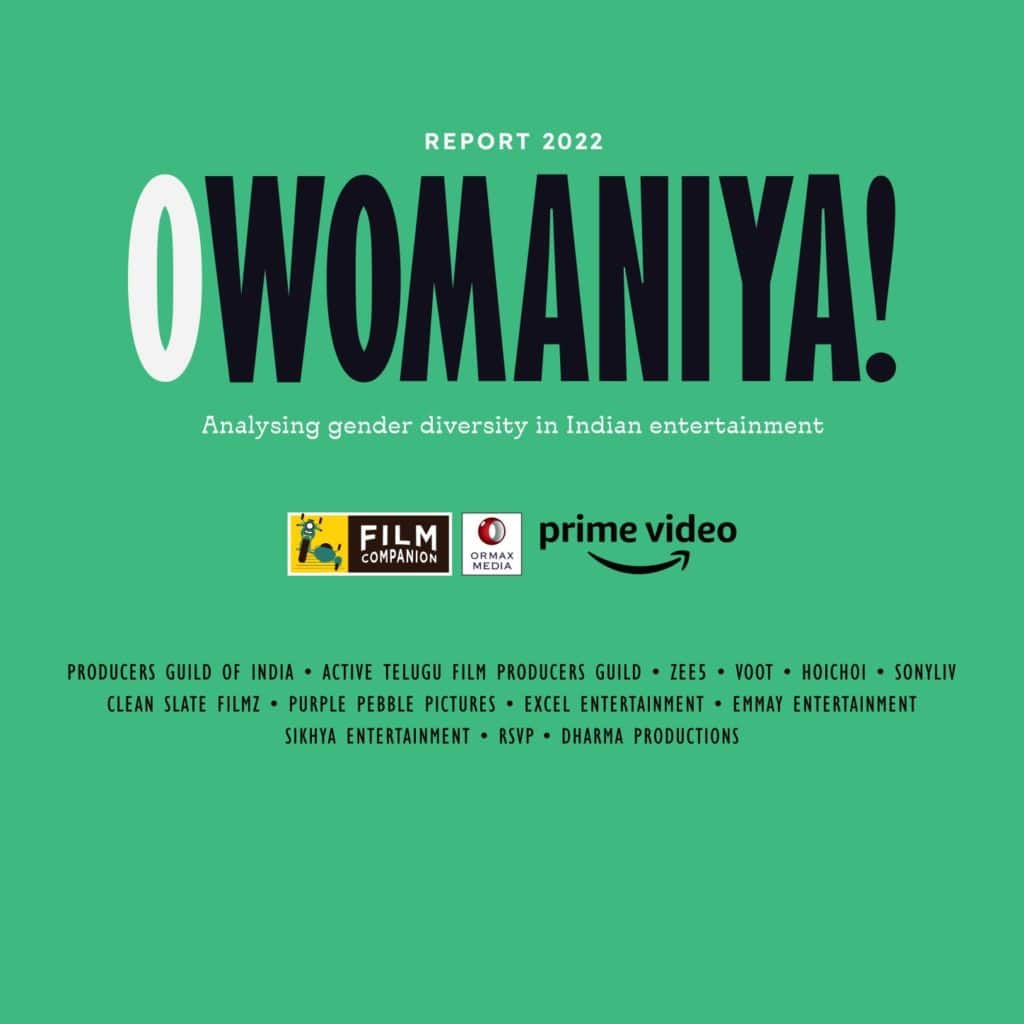

Gender & Creativity: Progress on the Precipice
Topics
This UNESCO report on the state of gender equality in the cultural and creative sectors highlights the consequences of gender inequalities, in an effort to foster diversity of cultural expressions.
It includes a number of innovative measures from all regions, ranging from training and mentoring schemes to awareness raising campaigns, mechanisms to enhance the visibility of women artists, networking opportunities, and facilitating access to funding. The report shows how governments, cultural enterprises and civil society organisations must work hand in hand to tackle these challenging issues.
Crucially, policies and measures must also address the safety and well-being of people of all genders in the workplace. Women and gender-diverse artists and creative professionals continue to be the targets of harassment, bullying and abuse, as the development of the digital environment has created new threats to their artistic freedom.
Author: Bridget Conor
Key Findings
- While progress has been made in the production of data to monitor gender equality in the culture and creative sectors in many areas and regions by public, private and civil society organisations, much remains to be done to produce global, comprehensive and robust data capable of inspiring informed policy change and to implement the corpus of international standard setting instruments. To this end, new approaches to data collection using quantitative and qualitative indicators to uncover the structural barriers and root causes of gender inequalities in the culture and creative sectors need further encouragement.
- According to some available sex-disaggregated data and analysis on the gendered nature of employment, relative pay, contractual status and seniority, women in culture and creative sectors continue to fare worse than men. Progress towards equality therefore requires urgent policy interventions adapted to diverse national and regional contexts and situations.
- Those who identify as women or as gender-diverse are much more likely to suffer from harassment, abuse, bullying and a general lack of safety in cultural and creative workplaces, including in the digital environment. A renewed focus on policies and measures dealing with safety and well-being in cultural industries is crucial for the promotion of gender equality, artistic freedom and for the diversity of cultural expressions to be secured long-term.
- Moments of crisis increase the vulnerability of already marginalised groups, including women, and can reinforce the view that women are less central or ‘more disposable’ to the creative workforce than men. This is especially vital as COVID-19 continues to unfold and its long-term effects on the arts and cultural production are not yet known. Too few initiatives to support artists and creatives affected by the pandemic are using an intersectional gender lens.
Downloads
Suggested Reports


Million Missions Report

Share on